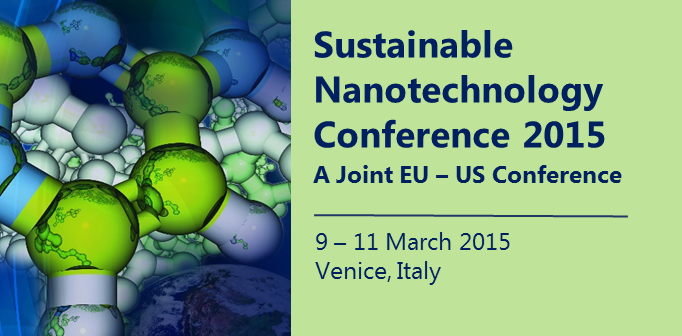Speaker
Fadri Gottschalk
(ETSS. Switzerland)
Description
A full-scale experiment in a modern waste incineration plant showed that even inert nanoparticles (nano-CeO2) are successfully removed from the flue gas and transferred to the solid incineration residues.
Predicting the fate of nanomaterials in incineration plants with models based on real measurements would reduce the immense efforts (time and resources) for real-scale experiments. A model for the ENP fate in incineration plants, based on the data of the nanoCeO2-experiment is presented. We investigated all possible transfers and sinks of ENP throughout the incineration by linking ENP concentration measurements to the nanomaterial flows and retention times. The model also delivers
information on the associated uncertainties and how they propagate through the incineration system. The model can be generalized to other ENP and also to other incineration plants. We show that the output of the measurements was consistent albeit relying on multiple measurement methods, and that a one day sampling period is sufficient to obtain an overview on the fate of nanoparticles in incineration plants. In addition to the dynamic results, a generalized steady state mass flow with transfer factors is provided and can be used for modeling purposes of CeO2 or other nano sized metals with similar physic-chemical properties.
Primary author
Tobias Walser
(Institute of Environmental Engineering, ETH Zurich)
Co-author
Fadri Gottschalk
(ETSS. Switzerland)
